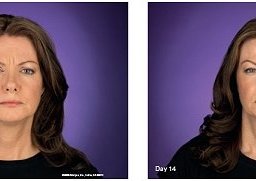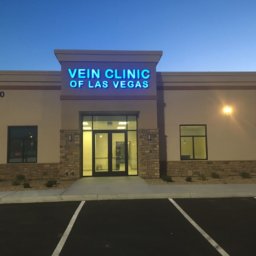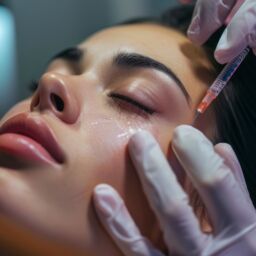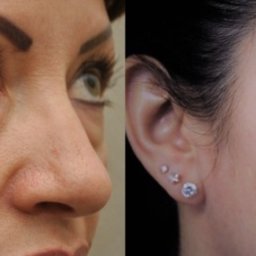Varicose veins are a common condition affecting many individuals, particularly women and older adults. These enlarged, twisted veins can cause discomfort and cosmetic concerns. Fortunately, advances in medical treatments have made it possible to manage and treat varicose veins effectively. This article delves into the causes, symptoms, and various treatment options available for varicose veins in the legs.
Causes and Symptoms
According to Dr. Bashy of the Las Vegas Vein Clinic, varicose veins occur when the valves within the veins malfunction, leading to blood pooling and vein enlargement. This can be attributed to various factors, including genetics, prolonged standing or sitting, obesity, pregnancy, and aging. Hormonal changes and a sedentary lifestyle can also exacerbate the condition.
Symptoms of varicose veins include:
- Swollen, bulging veins visible under the skin
- Aching or heavy legs, especially after prolonged standing or sitting
- Throbbing, cramping, or burning sensations in the lower legs
- Itching around the veins
- Skin discoloration around the affected area
Conservative Treatments
Initial treatment for varicose veins often involves conservative measures aimed at relieving symptoms and preventing further vein deterioration. These include:
- Compression Stockings: Wearing compression stockings helps improve blood flow and reduce swelling by applying consistent pressure to the legs. They come in various strengths and lengths and are often the first line of defense against varicose veins.
- Lifestyle Modifications: Regular exercise, weight management, and elevating the legs can significantly alleviate symptoms. Patients are encouraged to avoid prolonged periods of standing or sitting and to engage in activities that promote good circulation.
- Medication: Over-the-counter pain relievers like ibuprofen or aspirin can help reduce discomfort and inflammation. In some cases, doctors may prescribe medications to improve vein tone and reduce symptoms.
Medical and Surgical Treatments
When conservative measures are insufficient, several medical and surgical treatments can effectively address varicose veins:
- Sclerotherapy: This minimally invasive procedure involves injecting a sclerosant solution directly into the affected veins. The solution causes the vein walls to stick together and eventually collapse, rerouting blood to healthier veins. Multiple sessions may be required for optimal results.
- Endovenous Laser Treatment (EVLT): EVLT uses laser energy to heat and seal off varicose veins. A thin laser fiber is inserted into the vein, delivering precise energy that causes the vein to collapse and be reabsorbed by the body. This procedure is performed under local anesthesia and offers a quick recovery time.
- Radiofrequency Ablation (RFA): Similar to EVLT, RFA uses radiofrequency energy to heat and close off varicose veins. A catheter is inserted into the vein, delivering controlled energy that causes the vein to collapse. RFA is minimally invasive and typically performed on an outpatient basis.
- Ambulatory Phlebectomy: For larger surface veins, ambulatory phlebectomy may be recommended. This procedure involves making small incisions in the skin and removing the varicose veins with a surgical hook. It is performed under local anesthesia and usually requires minimal downtime.
- Vein Stripping and Ligation: In more severe cases, surgical removal of the affected veins may be necessary. Vein stripping involves tying off the vein (ligation) and removing it through small incisions. This procedure is less common today due to the effectiveness of less invasive treatments.
Preventive Measures
Preventing the recurrence of varicose veins post-treatment is crucial. Patients are advised to:
- Maintain a healthy weight
- Stay physically active
- Wear compression stockings as recommended
- Elevate legs when resting
- Avoid prolonged standing or sitting
Conclusion
Varicose veins can be a source of discomfort and aesthetic concern, but a variety of treatments are available to manage and alleviate symptoms. From conservative measures like compression stockings and lifestyle changes to advanced medical procedures like sclerotherapy and EVLT, patients have multiple options for effective vein treatment. Consulting with a healthcare provider specialized in vein care is essential to determine the most appropriate treatment plan tailored to individual needs. With proper care and treatment, individuals can achieve relief from varicose veins and improve their overall quality of life.





